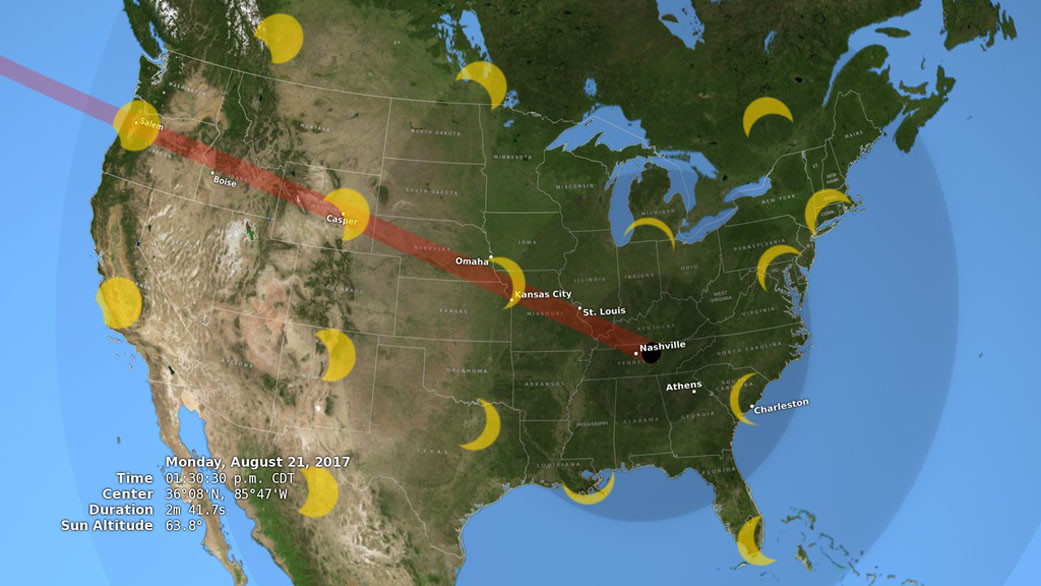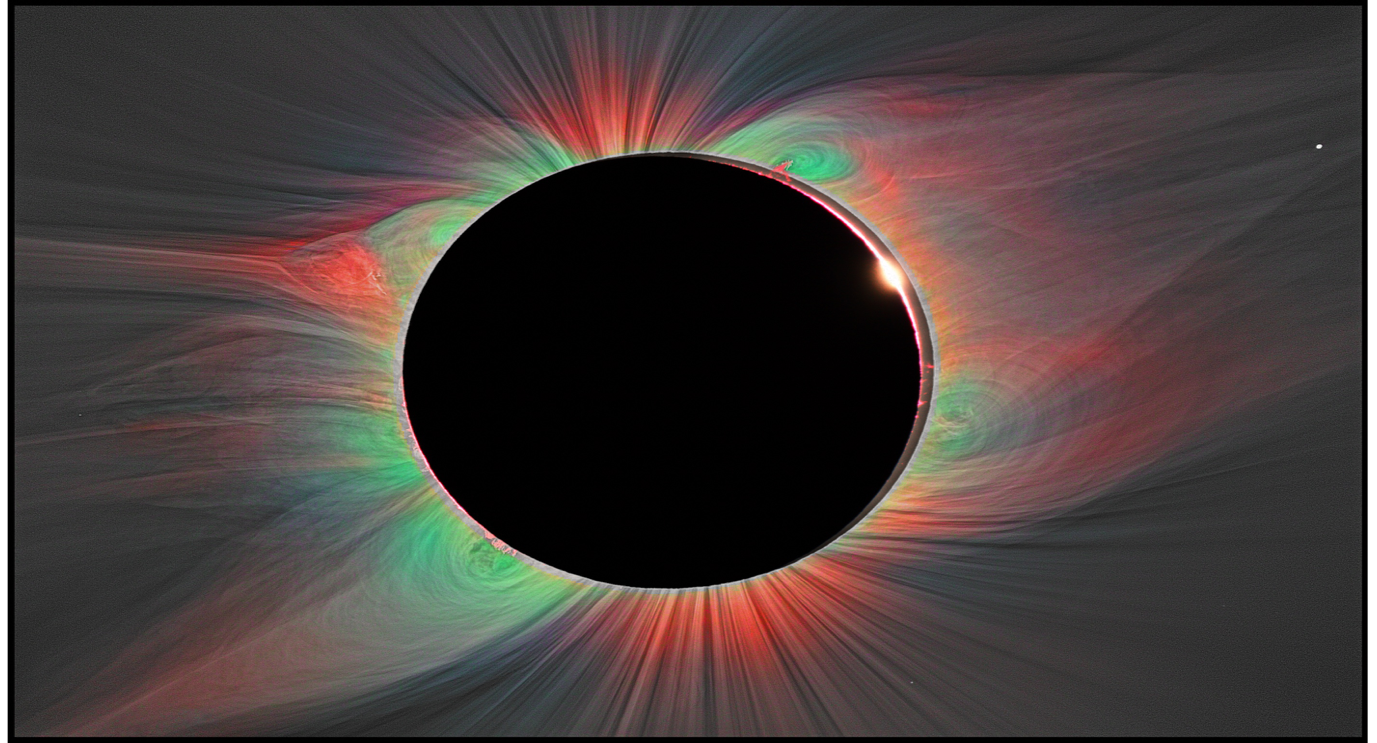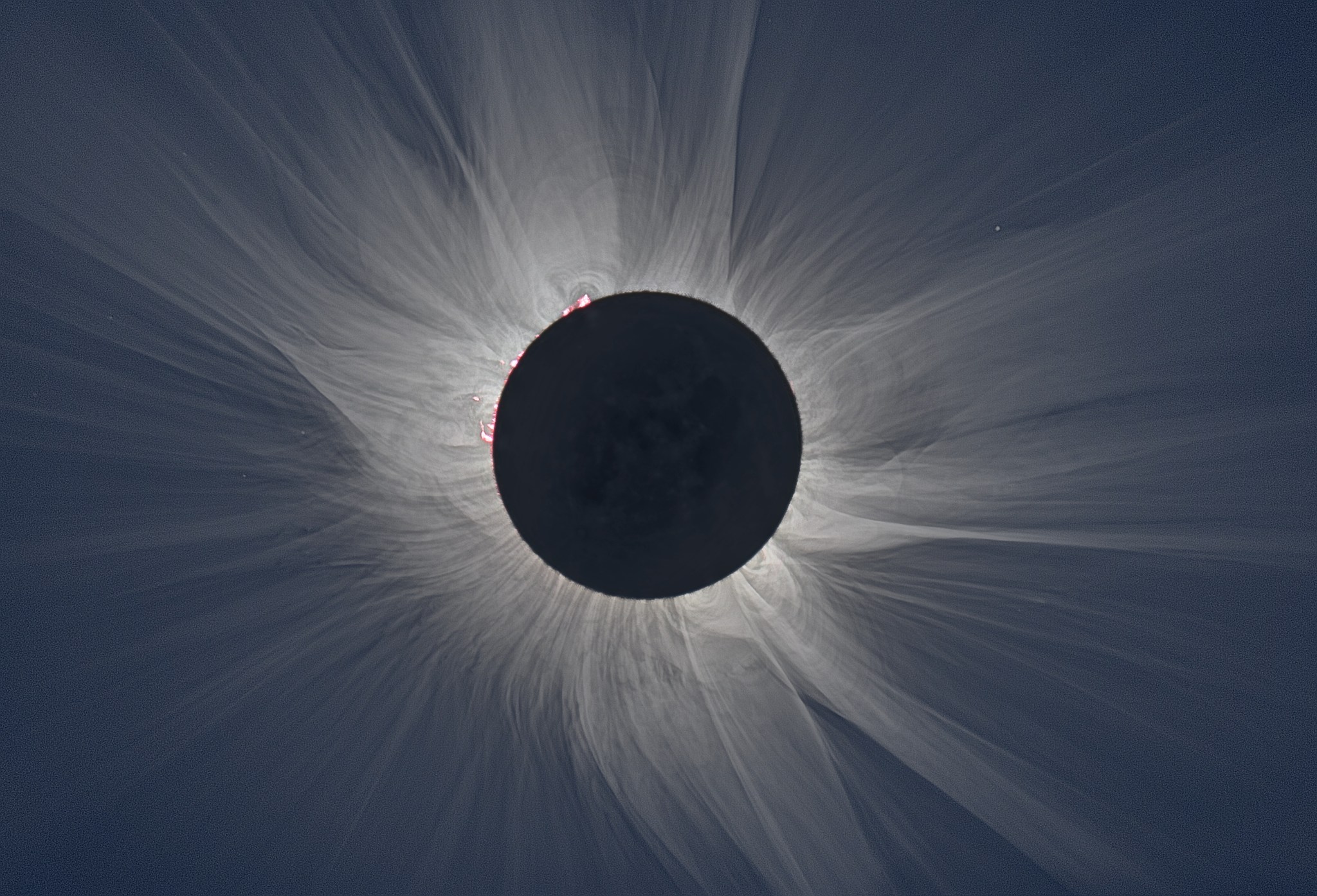Related multimedia at NASA Goddard’s Scientific Visualization Studio
On Monday, Aug. 21, 2017, a total eclipse will cross the entire country, coast-to-coast, for the first time since 1918. Weather permitting, the entire continent will have the opportunity to view an eclipse as the moon passes in front of the sun, casting a shadow on Earth’s surface. And plans for this once-in-a-lifetime eclipse are underway – scientists are submitting research proposals, NASA is sharing information on safe eclipse viewing with community centers, and citizen science projects are developing.
The total solar eclipse begins near Lincoln City, Oregon, at 10:15 a.m. PDT (1:15 p.m. EDT). Totality ends at 2:48 p.m. EDT near Charleston, South Carolina. The partial eclipse will start earlier and end later, but the total eclipse itself will take about one hour and 40 minutes to cross the country. NASA will fund a host of science projects that will occur during this unique period of time.
Credits: NASA/Goddard Space Flight Center Scientific Visualization Studio
Download this video in HD formats from NASA Goddard’s Scientific Visualization Studio
Scientists from NASA, the University of Texas Arlington and the University of Hawaii presented an overview of the 2017 total solar eclipse at the American Geophysical Union’s Fall Meeting in San Francisco on Dec.14, 2016. They discussed the geometry of eclipses, eclipse science now and throughout the ages, and how to safely view next year’s solar eclipse.
Solar eclipses occur when the moon blocks any part of the sun. Total solar eclipses, however, are only possible on Earth because of a cosmic quirk of geometry: The sun’s diameter is 400 times wider than the moon’s, but it is also 400 times farther away. The result is that the sun and the moon appear to be the same size from our perspective. When they line up just right, the moon can obscure the sun’s entire surface, creating a total solar eclipse. This line-up occurs once every 12 to 18 months. Partial solar eclipses, on the other hand, occur when the alignment is such that the moon blocks only part of the sun, and these can occur more frequently.
During a total eclipse, we have the rare opportunity to look directly at the sun’s vast, striking outer atmosphere, the corona. The corona appears as pearly white rays and streamers, radiating around the lunar disk. The August 2017 eclipse will present this exciting opportunity to millions across the entire country.
But total solar eclipses are more than simply beautiful to look at. They provide unique opportunities for science – and many kinds of science at that. Indeed, total eclipses throughout history have paved the way for major scientific findings across various disciplines.
“Ancient people in different civilizations were able to discern celestial patterns and predict eclipses without understanding the science,” said Ramon Lopez, a space physicist at the University of Texas Arlington.
Lopez went on to describe landmarks in the history of eclipse science, such as the expedition to confirm the theory of general relativity, the first report of coronal mass ejections and the discovery that the corona is very hot – much hotter than the surface of the sun.
“An eclipse teaches us so many things, but the 2017 eclipse is especially unique because of the uninterrupted land masses it will pass over,” said Lika Guhathakurta, an astrophysicist at NASA Headquarters in Washington. “This will allow us to maximize our chance to collect data and connect the shadow of the moon to Earth science.”
Guhathakurta described a variety of topics that NASA-funded eclipse projects may explore, including the varying luminosity of the sun and the relationship between surface temperatures and atmospheric changes.
To discuss recent eclipse science, University of Hawaii astronomer Shadia Habbal presented her work on the science of the corona. Habbal travels around the world, chasing down eclipses, and uses specialized cameras to image the corona during totality.
It is in the corona that we observe giant solar eruptions like solar flares and coronal mass ejections, and the origin of the solar wind, the continuous flow of charged particles from the sun. All of these constantly shape the very nature of the space around Earth and other planets. Studying the corona and its role in the interconnected sun-space system is crucial for understanding not only the relationship between Earth and the sun, but also the space environment our satellites and astronauts must travel through for future exploration.
“There is a whole spectrum of colors of light that our eyes cannot see,” Habbal said. “From these different colors, we can directly probe into the physics of the corona.” Different colors provide unique information about the temperature and composition of solar material in the corona.
Of course, the beauty of the August 2017 eclipse is that anyone can view it – no science background or heavy-duty equipment is required. Alex Young, a solar scientist at NASA’s Goddard Space Flight Center in Greenbelt, Maryland, presented an overview of eclipse safety.
Even during an eclipse, it is not safe to look directly at the sun – except for the brief phase of totality, when the moon fully obscures the sun. The only safe way to look directly at the partially eclipsed sun is through a specialized filter. Eclipse glasses are equipped with the proper filters to minimize ultraviolet, visible and infrared light.
It’s crucial to know when to take off and replace your glasses to avoid permanently damaging your eyes. Young described the different phases of a total eclipse, in which the sun provides important visual clues for when totality is about to start and end.
“If you’re wearing your eclipse glasses and it becomes so dark you can’t see anything, you know it’s safe and it’s time to take them off,” Young said.
When viewing a partial eclipse, observers must use eye protection at all times. Partial eclipses can be observed indirectly by projection, in which viewers watch the eclipse on a screen. These can be easily constructed at home with few, simple materials – such as a piece of paper and cardboard box.
Related Links
- NASA’s AGU website
- Related multimedia at NASA Goddard’s Scientific Visualization Studio
- More information on the August 2017 eclipse, eclipse science and safe viewing
- Article: “Eye Safety During a Total Solar Eclipse”
- NASA’s eclipses and transits website
By Lina Tran
NASA’s Goddard Space Flight Center, Greenbelt, Md.


























